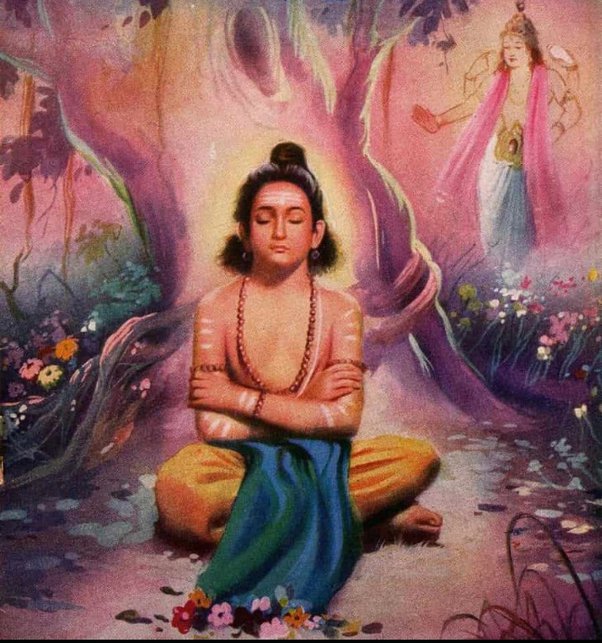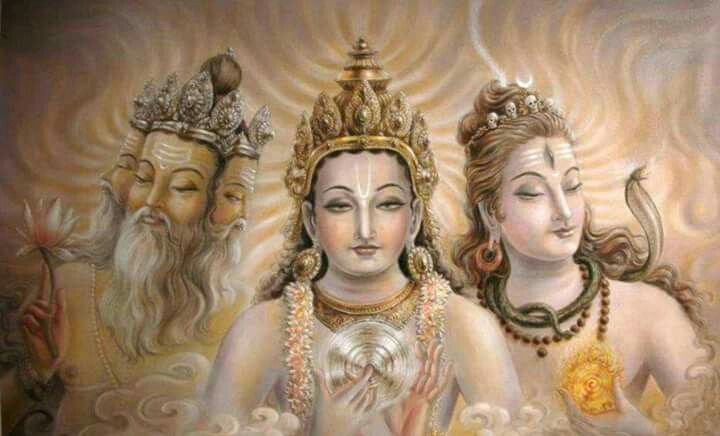
The Caste System: Unveiling the Dark Reality of Social Hierarchy in India
India, a land of vibrant cultures and rich traditions, is also home to one of the oldest social hierarchies in the world—the caste system. This complex system, deeply ingrained in the fabric of Indian society, has shaped the lives of millions for centuries. While progress has been made towards dismantling its oppressive nature, the caste system continues to exert its influence, perpetuating discrimination and inequality. In this blog, we will delve into the origins, structure, and impact of the caste system, shedding light on the dark reality that lies beneath.
Historical Origins

The origins of the caste system can be traced back over two thousand years, with roots in ancient Hindu texts such as the Rigveda. Initially, it was a division of labor based on occupation, with four main varnas or social classes: the Brahmins (priests and scholars), Kshatriyas (warriors and rulers), Vaishyas (merchants and farmers), and Shudras (laborers and servants). This system sought to maintain social order and stability through specialization.

However, over time, the caste system evolved into a rigid social hierarchy, adding another group known as the Dalits, formerly known as "untouchables." The Dalits were considered so impure and polluted that they were placed outside the varna system altogether. They were subjected to severe discrimination, denied basic rights, and confined to performing menial and degrading tasks.
Caste System's Structure

The caste system is hierarchical, with each caste assigned a specific rank in society. Caste membership is determined by birth, and it is nearly impossible to change one's caste during a lifetime. At the top of the hierarchy, the Brahmins hold the highest social status, enjoying privileges and respect due to their association with spirituality and knowledge. The Kshatriyas, as the warrior class, hold power and influence in society. The Vaishyas, engaged in trade and commerce, occupy the middle rungs of the ladder. Finally, the Shudras and Dalits find themselves at the bottom, facing discrimination and social exclusion.
Impact on Society

The caste system's impact on Indian society is far-reaching and deeply entrenched. Discrimination based on caste affects every aspect of life, including education, employment, marriage, and social interactions. Dalits continue to face social stigma, untouchability, and atrocities even in contemporary India. Access to resources, opportunities, and justice remains highly unequal, perpetuating a cycle of disadvantage and oppression.

Education is a powerful tool for social mobility, yet caste-based discrimination limits the educational prospects of marginalized communities. Dalit students often face prejudice and harassment, leading to high dropout rates and limited access to higher education. This denial of equal opportunities prevents the development of a diverse and inclusive society.

Economic disparities also persist due to the caste system. Dalits are often confined to menial and low-paying jobs, perpetuating a cycle of poverty. Land ownership and control of resources are concentrated among higher castes, creating economic inequality and limited avenues for upward mobility.
Challenging the Caste System
India has witnessed movements and legislation aimed at challenging and dismantling the caste system. The Indian Constitution prohibits caste-based discrimination and enshrines principles of equality and social justice. Affirmative action policies, known as reservations, have been implemented to provide marginalized groups with opportunities in education and employment. However, the effectiveness of these measures remains a subject of debate.

Social reformers, activists, and organizations have been working tirelessly to address caste-based discrimination. They strive to raise awareness, challenge stereotypes, and promote inter-caste marriages to break down barriers. Grassroots movements, political mobilization, and the voice of Dalit intellectuals have contributed to the ongoing dialogue surrounding caste and the struggle for equality.
Conclusion
The caste system in India continues to cast a long shadow over the nation, challenging its aspirations for a truly egalitarian society. While progress has been made in dismantling its oppressive nature, the caste system's legacy persists, perpetuating discrimination and inequality. Recognizing the dark reality of the caste system is crucial to fostering a more inclusive and just society.
It is through education, legislation, and the collective efforts of individuals that India can move towards eradicating the deeply entrenched prejudices associated with the caste system. By embracing diversity, promoting social integration, and ensuring equal opportunities for all, India can pave the way for a future where caste-based discrimination is nothing but a dark chapter in history.

